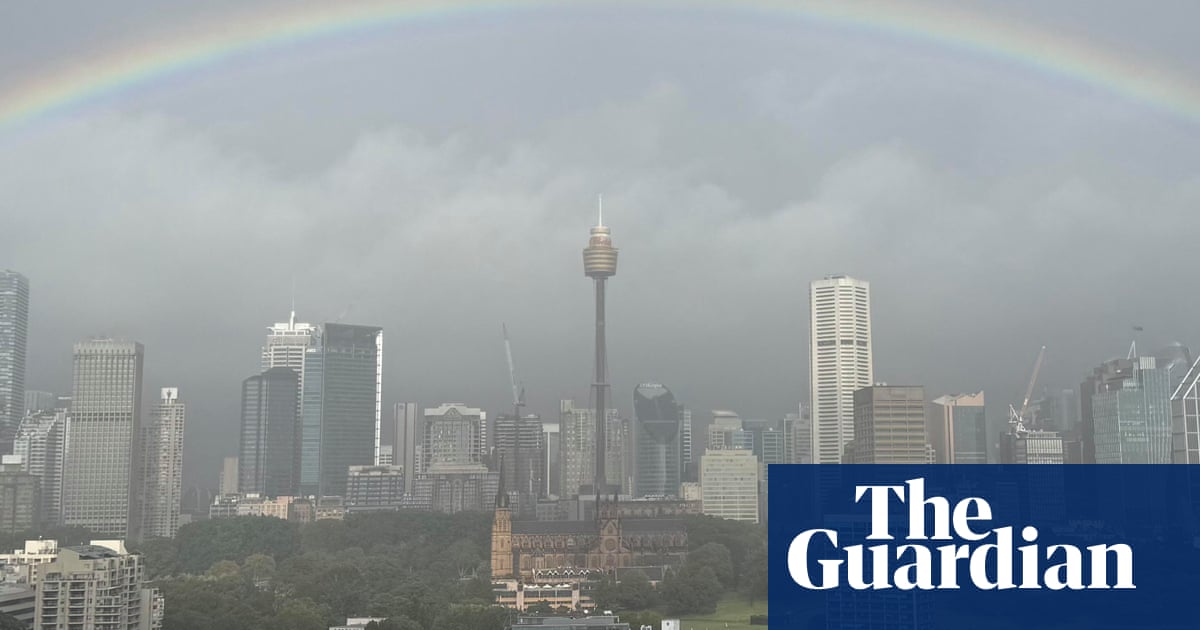Australia’s winter will be warmer and wetter this year, with higher than average day and nighttime temperatures, and above-average rainfall likely in central and interior parts of the country.
The Bureau of Meteorology’s long-range forecast said parts of the tropical north, south-east and south-west could expect typical winter rainfall, including coastal areas of New South Wales affected by May floods, and parts of South Australia, Victoria and Tasmania where there have been prolonged dry conditions.
Typical rainfall means a roughly equal chance of above, below or near-average rainfall.
Areas of SA and Victoria where there has beenrecord low rainfallalso face unseasonal increased risk of fires this winter,according to Australia’s fire and emergency services.
The forecast follows a much wetter than average autumn for northern and eastern Australia, and a much drier one in the south.
The BoM will release more detailed data in coming days but said Victoria had recorded its warmest autumn on record, NSW its second-warmest, and SA and Western Australia their third-warmest.
A preliminary autumn summary said the season had been warmer than average generally, with daytime temperatures in the south and west “very much above average”.
The bureau said the above average temperatures would continue through winter, with warmer than usual minimum and maximums likely or very likely in every state and territory.
“We’ve pretty much got a very high chance of above average day and nighttime temperatures across the country,” senior climatologist Simon Grainger said.
“It’s occurring against the background of a warmer climate globally but also we’re seeing, across southern Australia in particular, persistent high pressure systems.”
Grainger said those systems caused a buildup of warmer conditions and meant a decreased chance of cold fronts pushing into Australia, to bring colder air from further south.
The Australian and New Zealand Council for fire and emergency services (AFAC) said the unseasonable bushfire risk potential for southern areas was driven in part by significant and persistent dry conditions.
The council said there was an abundance of dry material in both grass and forest vegetation in Victoria, and southern scrub and forest areas of SA. But the council said drought conditions had reduced fire risk in pasture and crop landscapes.
“We don’t normally think of winter and bushfire together in southern Australia. The prolonged drought conditions mean that communities across parts of Victoria and South Australia may see more activity than normal for this time of the year,” AFAC chief executive Rob Webb said.
“Fire authorities will monitor the landscape conditions and climate influences closely this season to manage bushfire risk and identify opportunities for mitigation activities such as planned burning.”
AFAC said while long-term lack of rainfall had persisted in the south, tropical cyclone activity had continued beyond the typical end of the northern wet season, into May.
The council said the higher than average pressure over the south that had contributed to the prolonged dry conditions there was consistent with longterm trends attributable to climate change.
They said warmer than average sea surface temperatures were also persisting around much of the Australian coastline, leading to increased moisture and energy that could enhance the severity of storms and weather systems.
